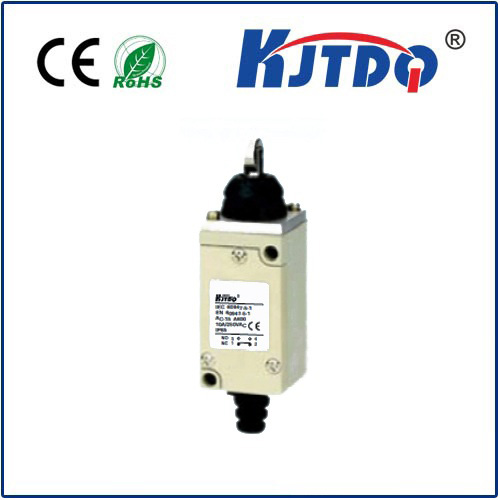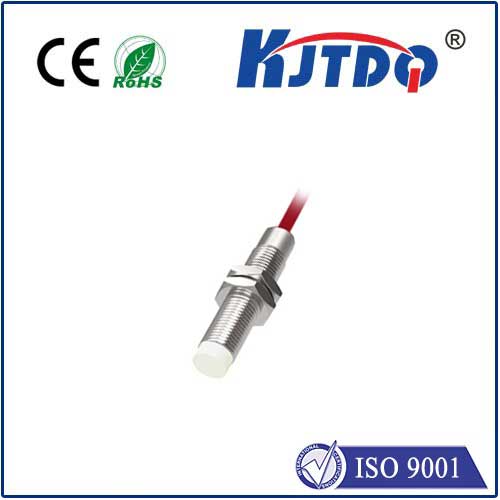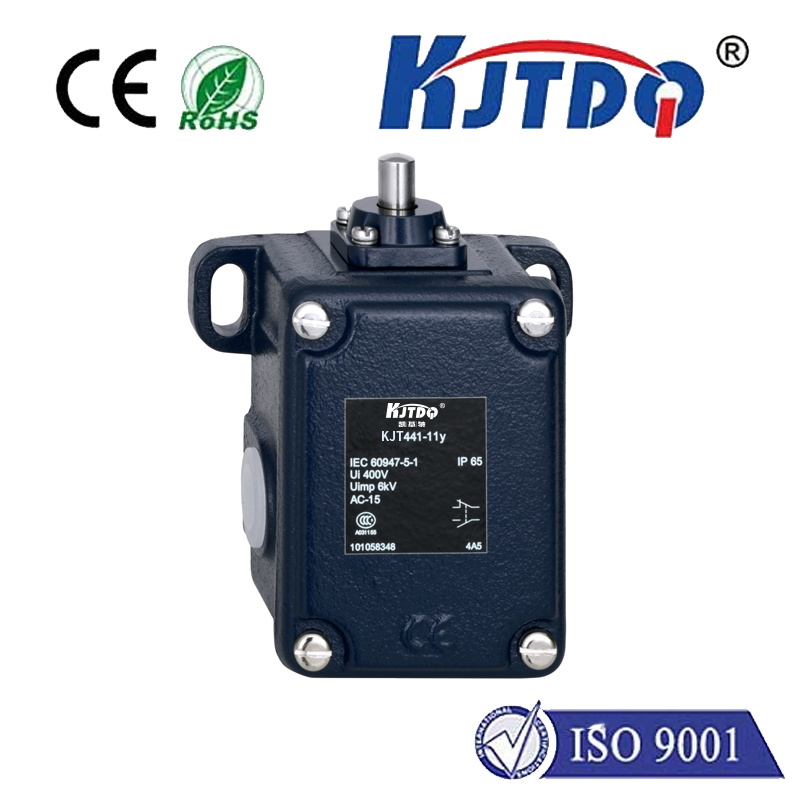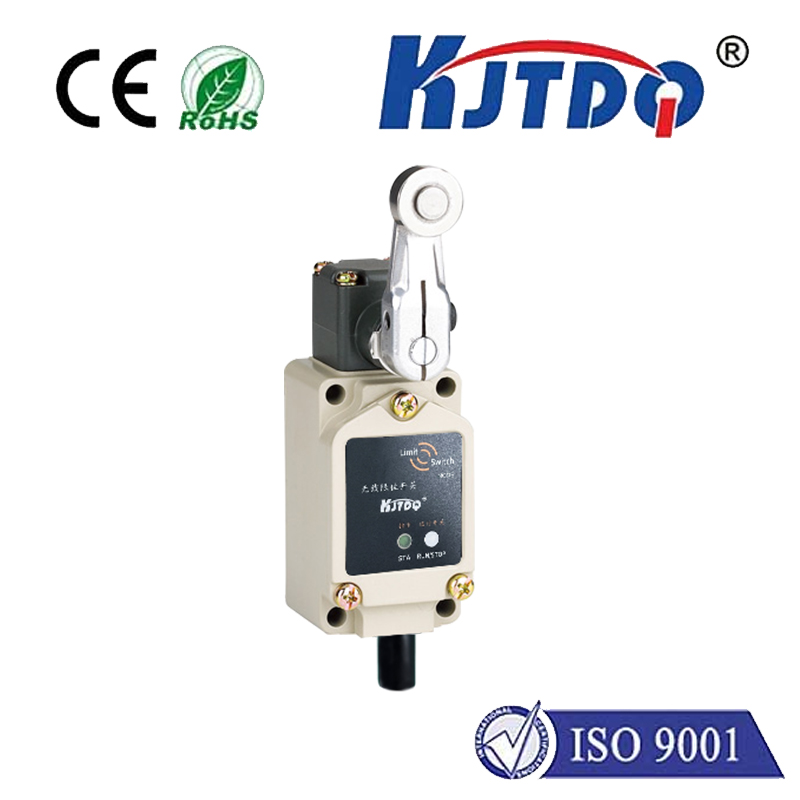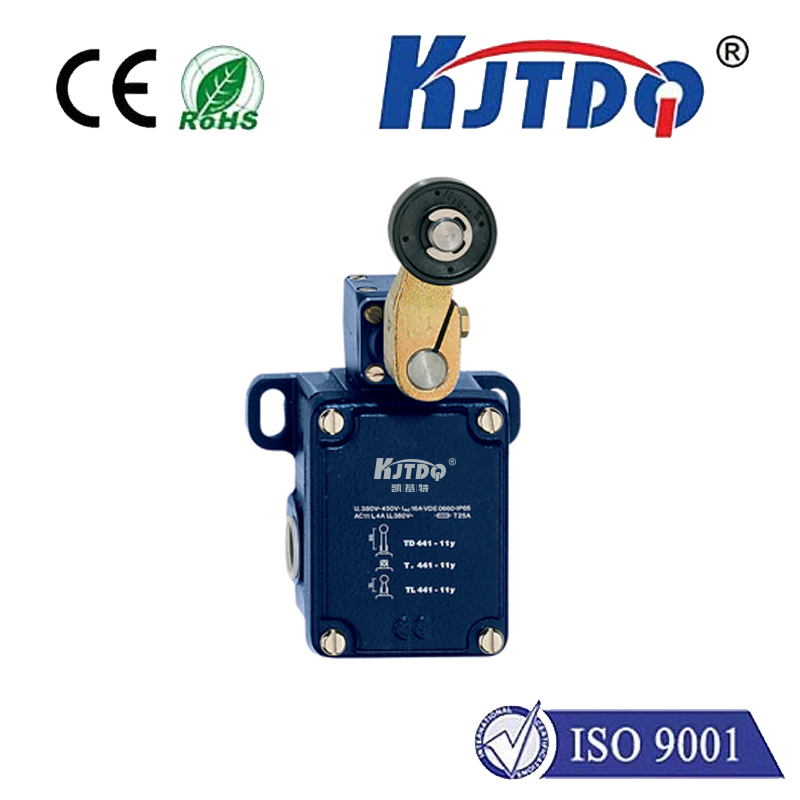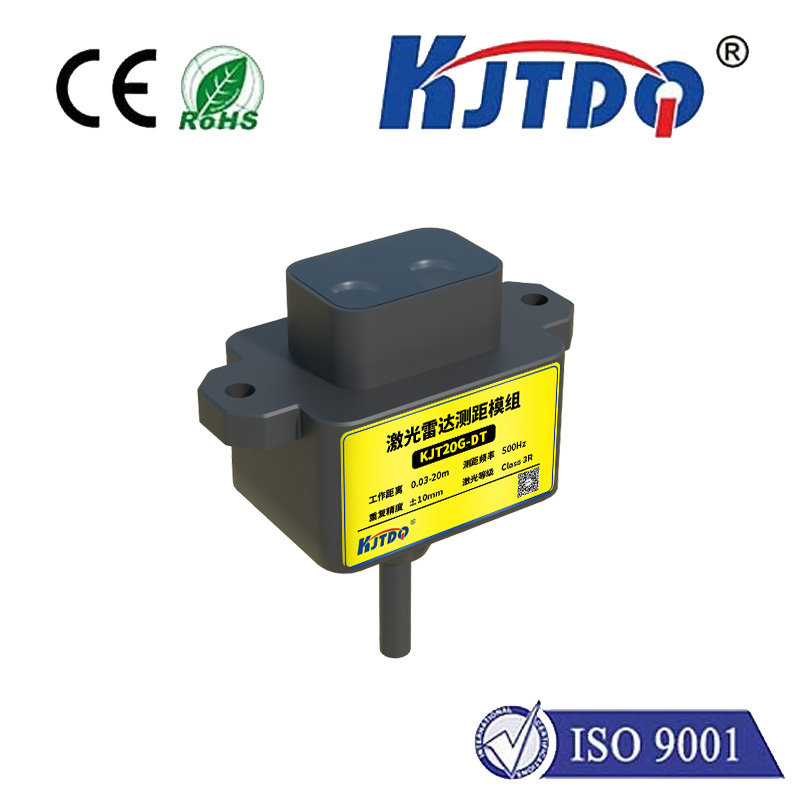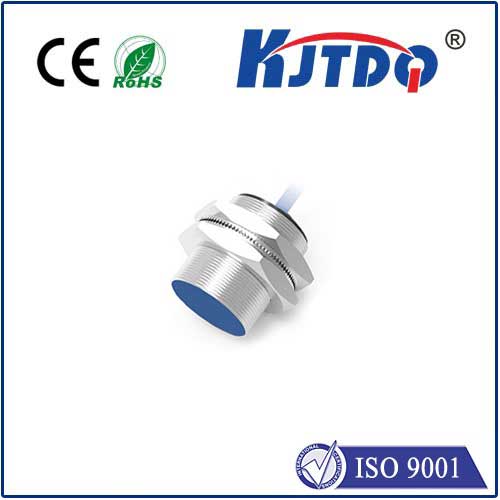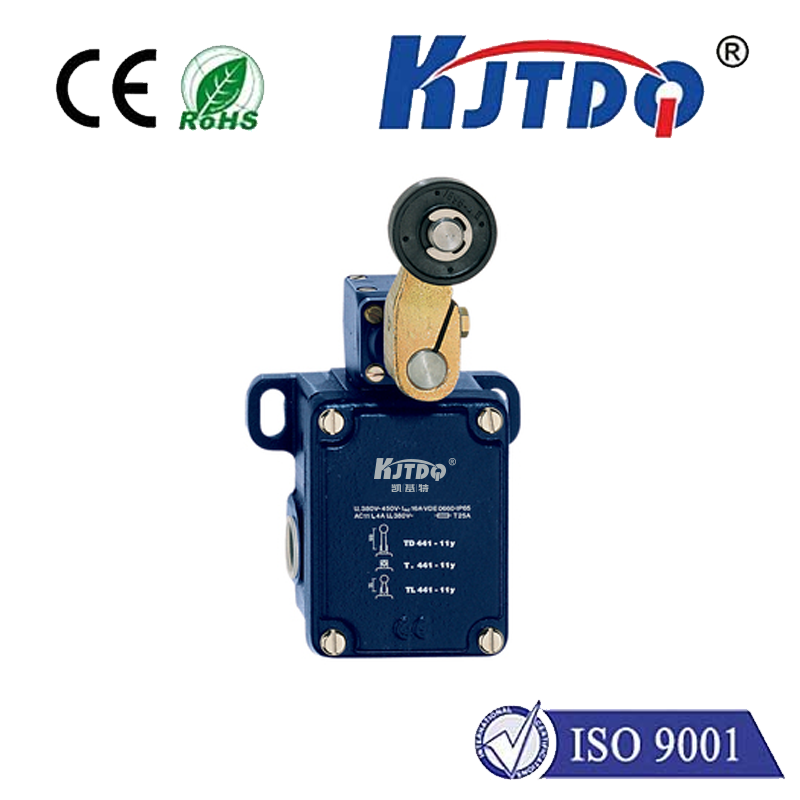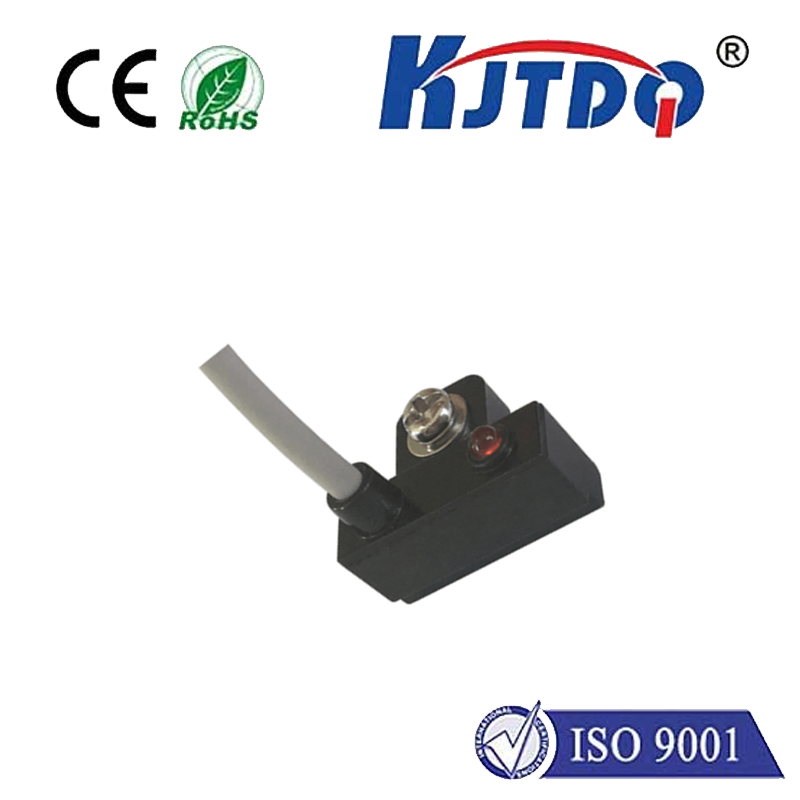

check

check

check

check

check

check

check

check

check

check
Adjustable Limit Switch: The Ultimate Solution for Ensuring Safety and Efficiency in Your Project
In any industrial or manufacturing setup, safety is paramount. One of the most effective ways to ensure safety is by employing adjustable limit switches. These switches are designed to monitor the movement of equipment, machines, or other parts and provide an indication when they have reached a predetermined point. This article explores the importance of adjustable limit switches, their working principle, and how they can enhance safety and efficiency in your project.
The Importance of Adjustable Limit Switches
Adjustable limit switches are critical components in many industrial applications because they help prevent accidents and ensure that machinery remains within safe operating limits. They do this by providing real-time feedback on the movement of equipment and alerting operators when it has reached or exceeded a specified threshold. In essence, they act as a safeguard that prevents over-speeding, under-speeding, or damage to equipment due to excessive or inadequate movement.
Some of the key benefits of using adjustable limit switches include:
1. Enhanced Safety: By monitoring equipment movement, adjustable limit switches reduce the risk of accidents caused by equipment failure or operator error. They help prevent costly downtime and repairs resulting from equipment malfunction.
2. Increased Efficiency: When equipment is running within safe operating limits, it tends to operate more smoothly and consistently. This leads to higher productivity, better quality output, and reduced energy consumption.
3. Remote Monitoring: Many adjustable limit switches today come with wireless connectivity options that allow remote monitoring and control. This feature enables supervisors to keep tabs on equipment operation even from a distance, enhancing safety and efficiency further.
Working Principle of Adjustable Limit Switches
Adjustable limit switches work based on a simple principle: they contain two contacts (one normally open and one normally closed) that are brought into contact when the switch is moved. The contact closest to the motion source will open or close depending on whether the switch is being pushed or pulled. This creates a signal that can be read by an operator or controller, indicating whether the equipment has reached its designated limit.
There are several types of adjustable limit switches available, including:
1. Proximity Limit Switches: These are commonly used for detecting the proximity of an object to a sensor, such as a moving door or machine. When the object gets too close, the switch opens, causing the sensor to trigger an alarm or stop the machine.
2. Position Limit Switches: These switches are designed to detect changes in position within a machine or system. They typically use linear encoders or magnetic switches to measure movement and send signals accordingly.
3. Edge Limit Switches: These switches are used to detect the edge or boundary of an object or surface. When an object crosses the boundary, the switch opens or closes, sending a signal to indicate that the object has reached its limit.
Using Adjustable Limit Switches to Improve Safety and Efficiency in Your Project
To leverage the full benefits of adjustable limit switches in your project, consider the following tips:
1. Choose the right type of switch based on your specific application requirements, ensuring compatibility with your equipment and systems.
2. Install adjustable limit switches at strategic locations throughout your project, particularly near areas where potential hazards may exist or where high-risk operations occur.
3. Calibrate and maintain your adjustable limit switches regularly to ensure accurate and reliable performance. Follow manufacturer's instructions carefully for proper installation, testing, and maintenance procedures.
4. Train operators on the proper use and interpretation of adjust

